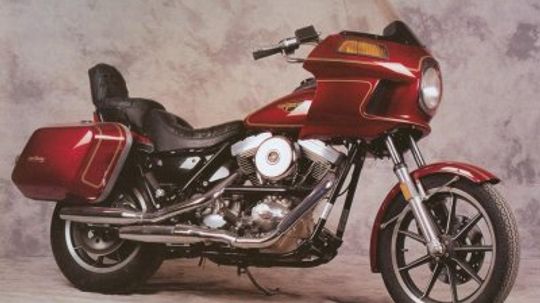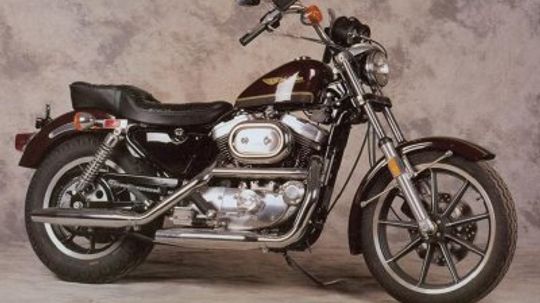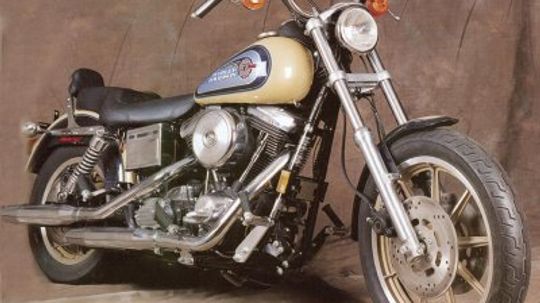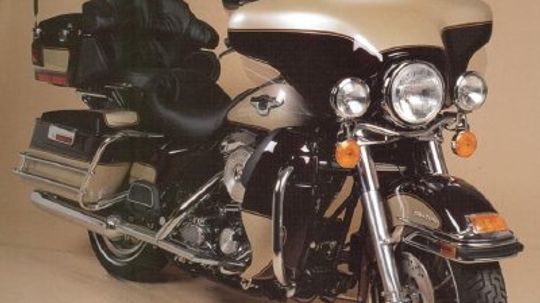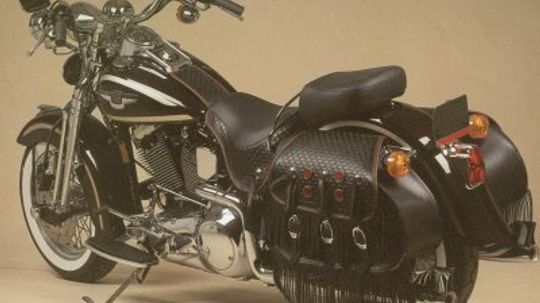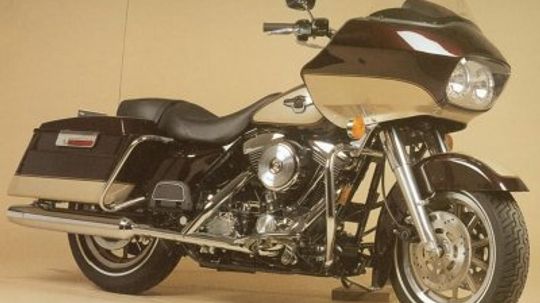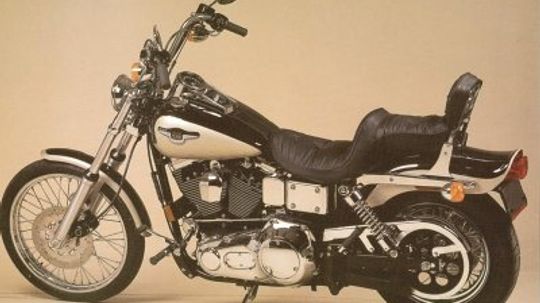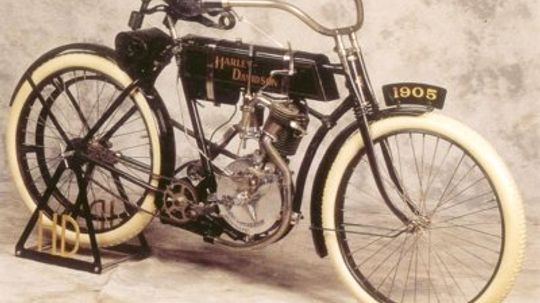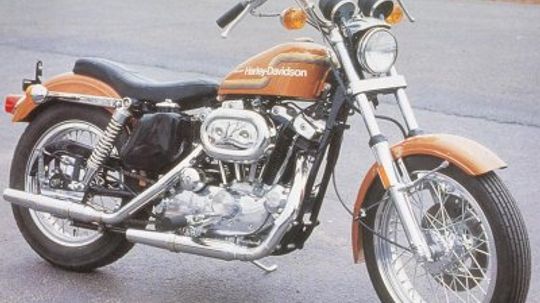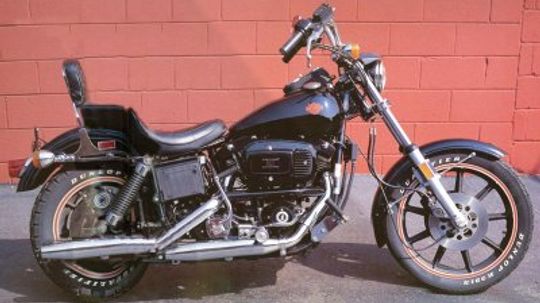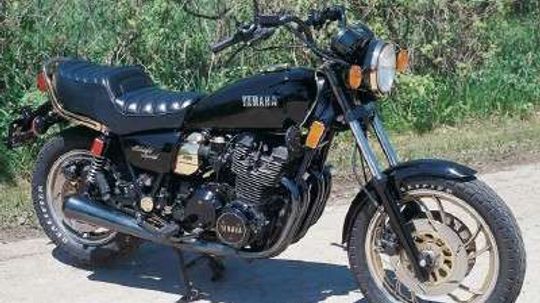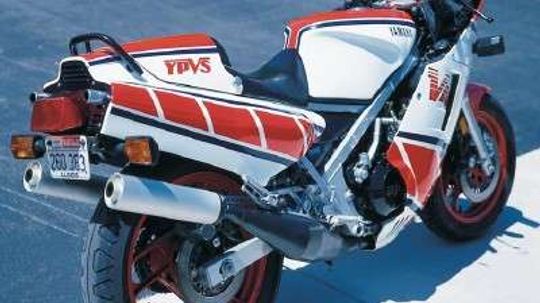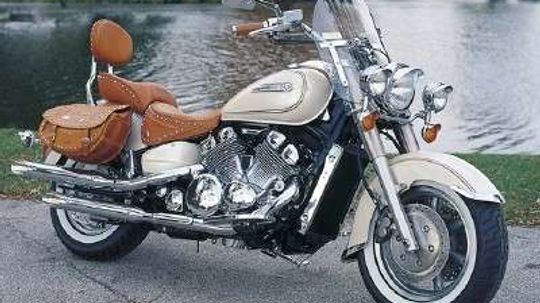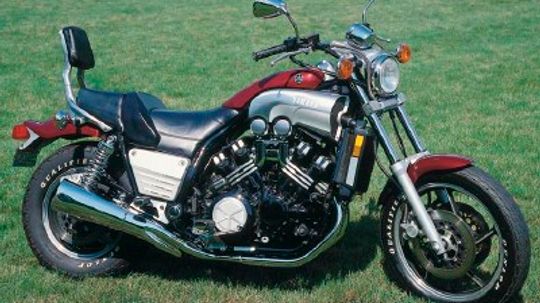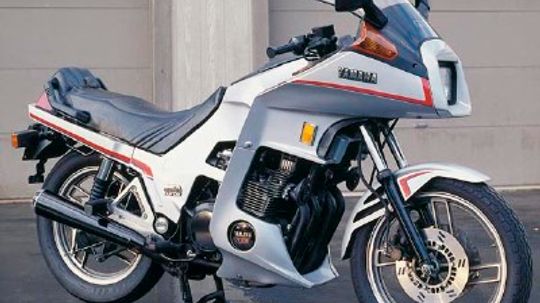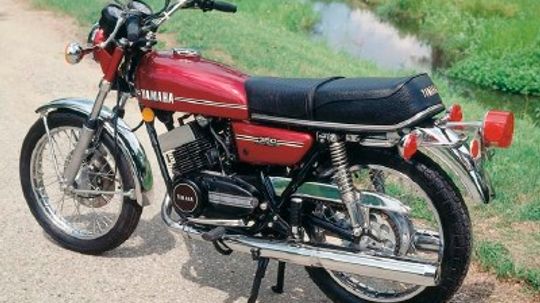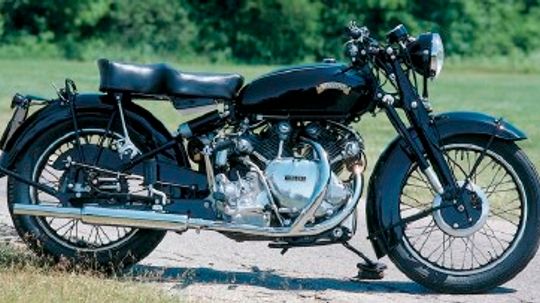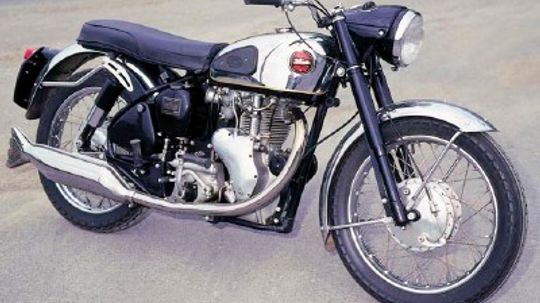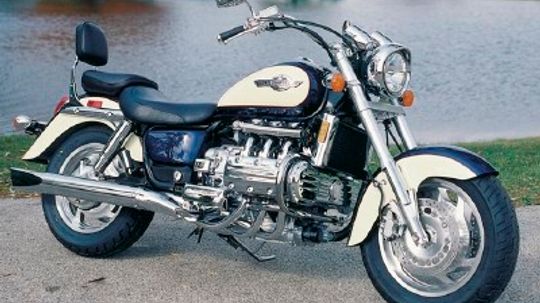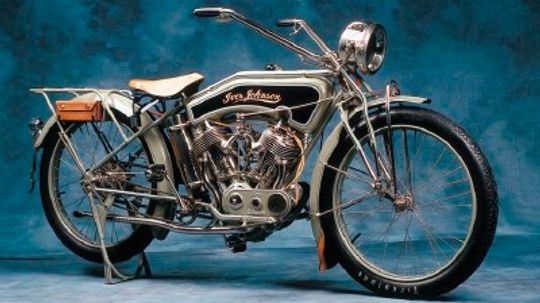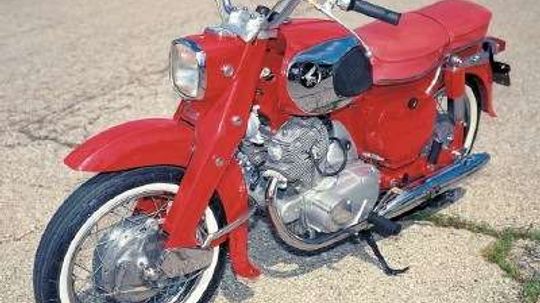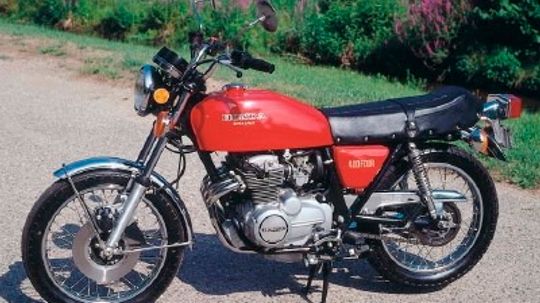Motorcycle Information
Explore the systems and components of motorcycles and see how they’re built. Learn about motorcycles at HowStuffWorks.
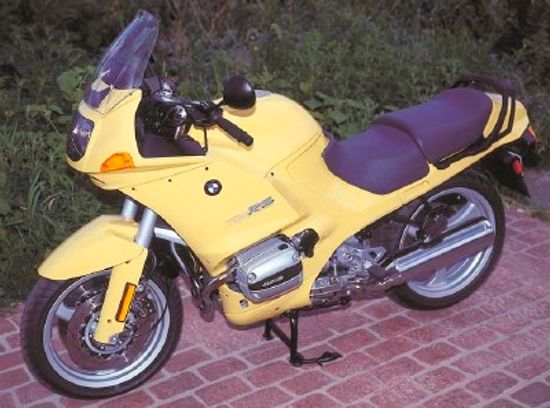
1994 BMW R1100RSL
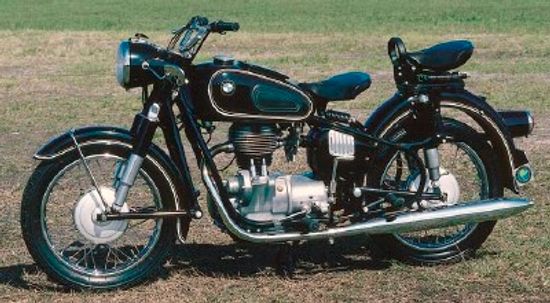
1965 BMW R-27
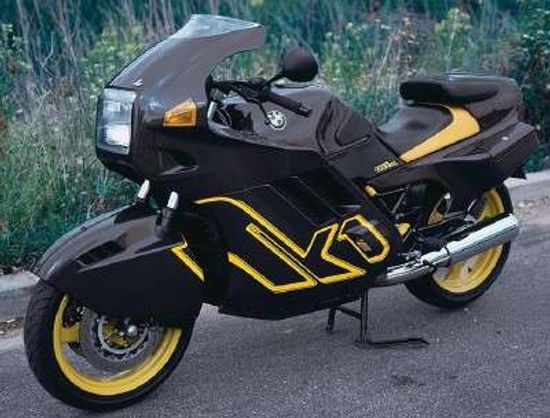
1990 BMW K-1
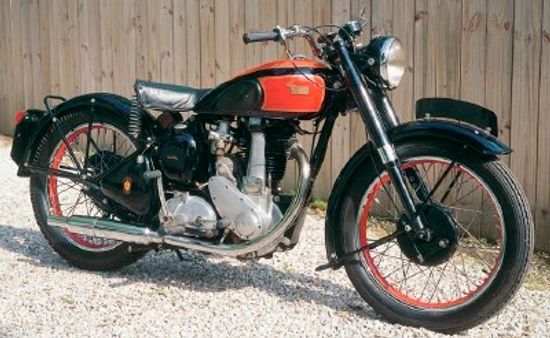
1949 BSA B33
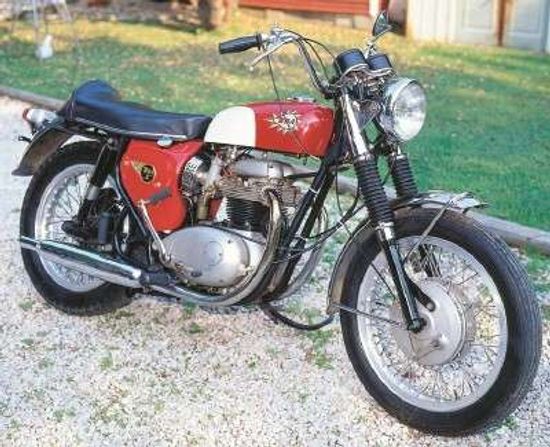
1966 BSA A65 Spitfire
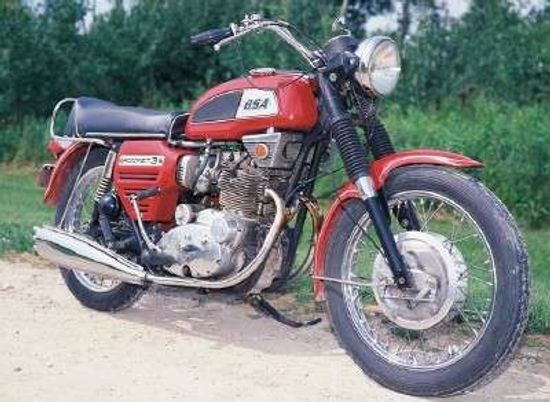
1969 BSA Rocket 3
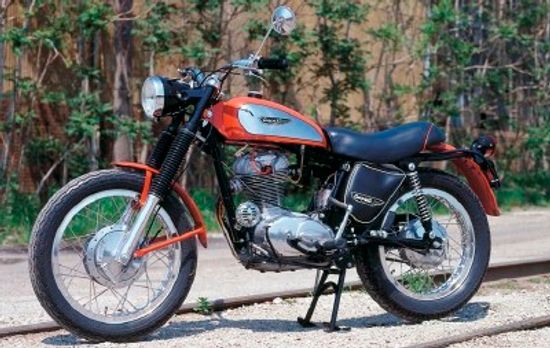
1970 Ducati 350 Scrambler
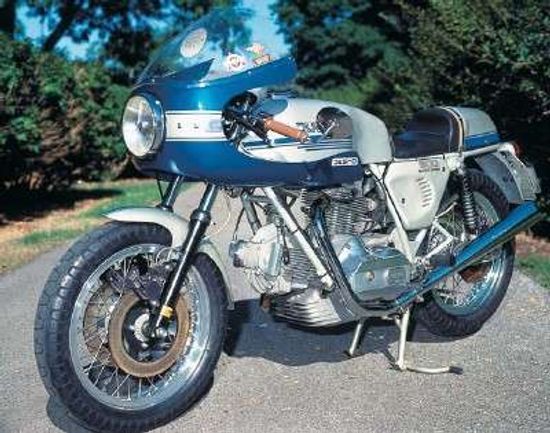
1977 Ducati 900SS
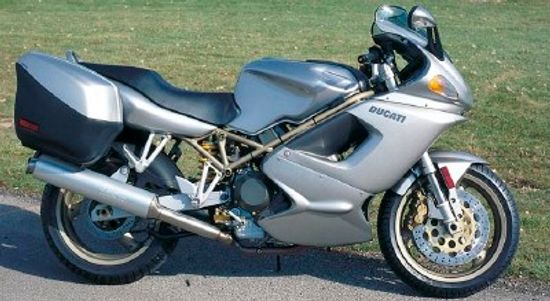
1998 Ducati ST2
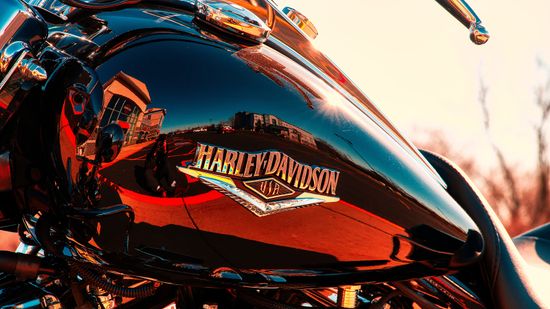
9 Harley Davidson Frame Types Rumbling Down the Highway
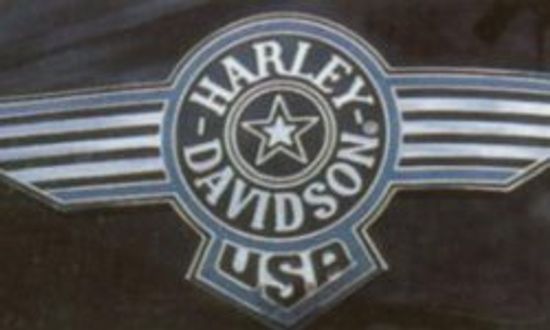
Hog Wild: Harley-Davidson Logos Through the Years
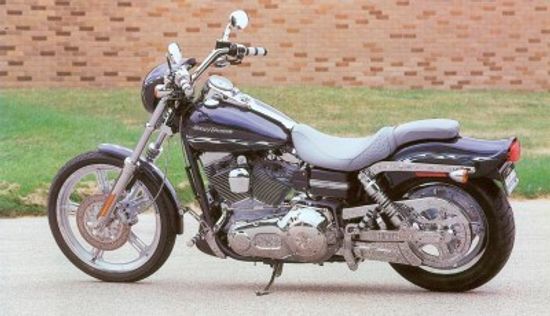
2002 Harley-Davidson FXDWG3
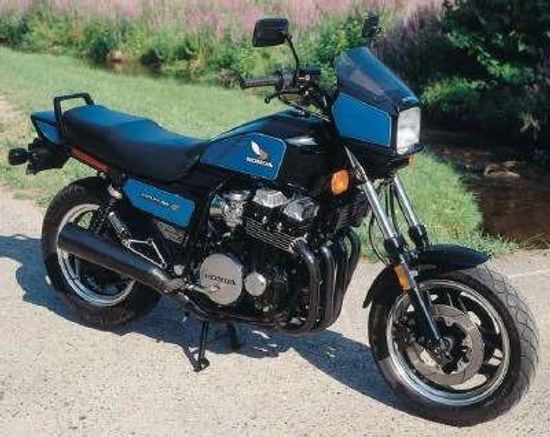
1984 Honda Nighthawk 700S
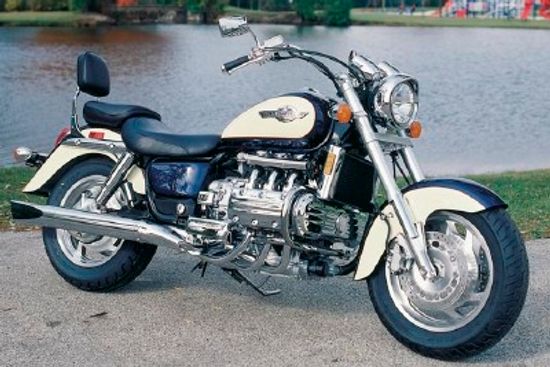
1998 Honda Valkyrie
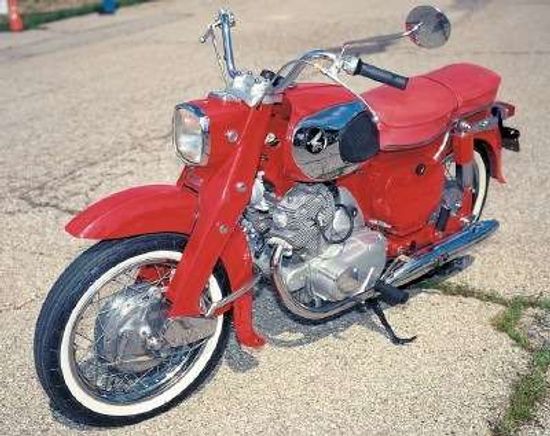
1969 Honda Dream 305
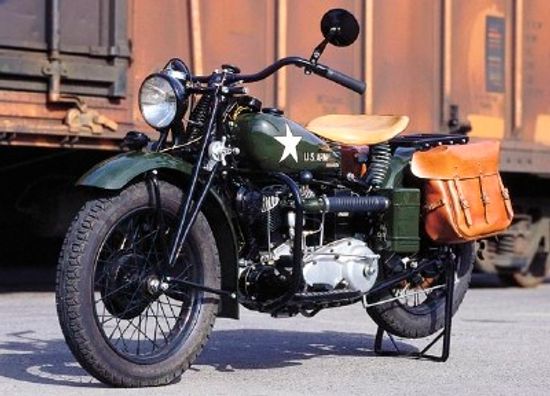
1942 Indian 741 and Indian 841
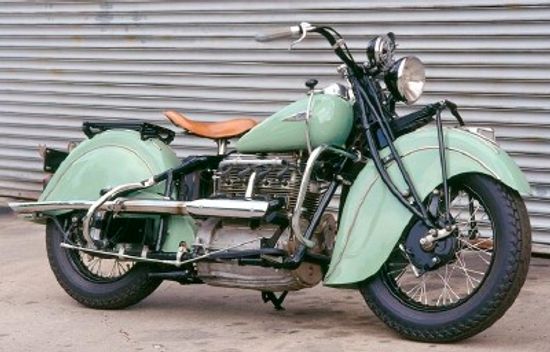
1940 Indian 440
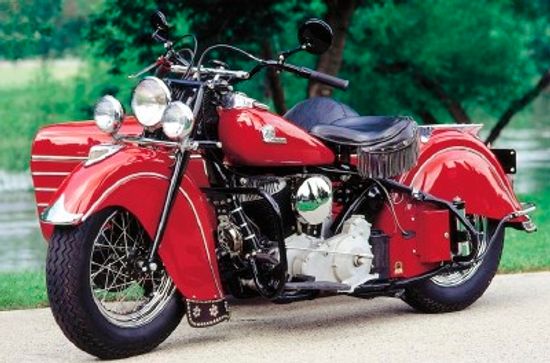
1946 Indian Chief
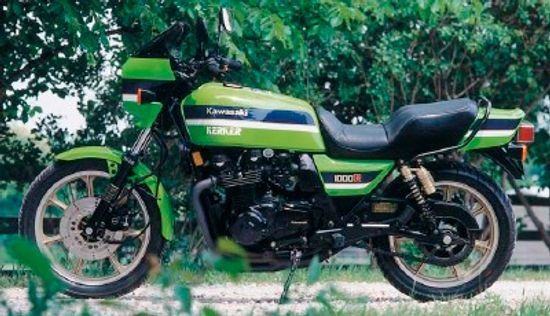
1982 Kawasaki KZ1000R
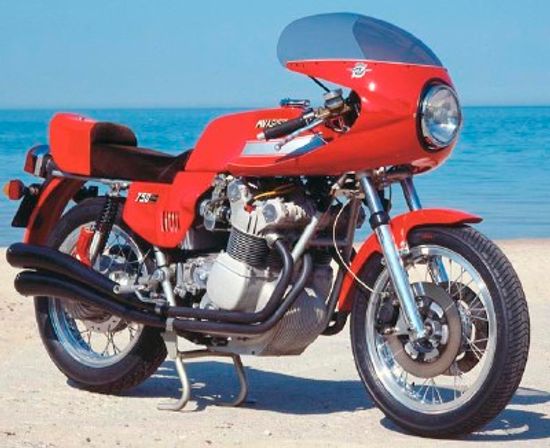
1977 MV Agusta 750S America
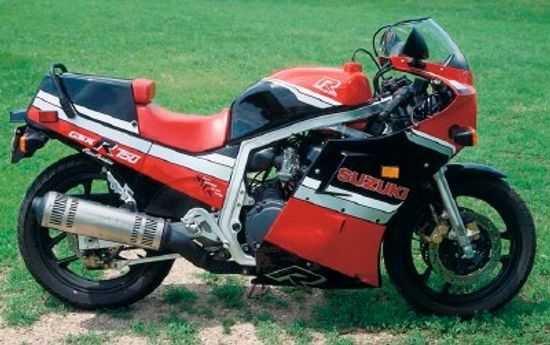
1986 Suzuki GSXR750
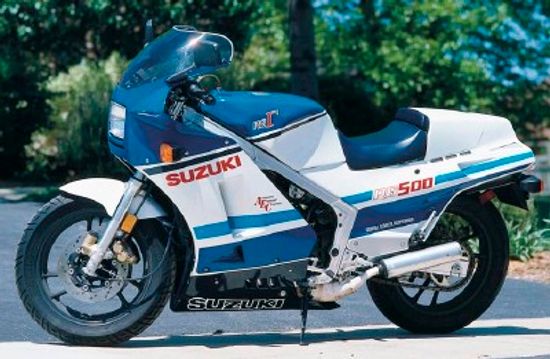
1986 Suzuki RG 500 Gamma
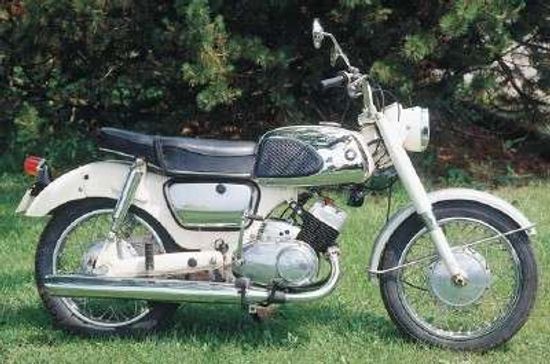
1966 Suzuki T10
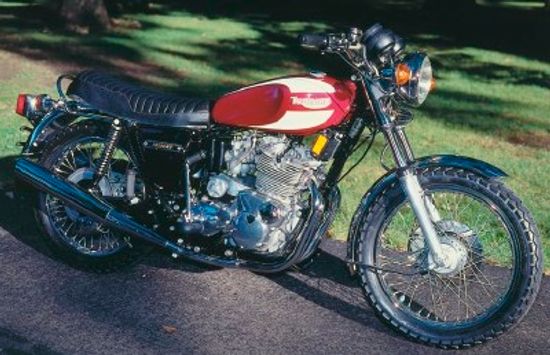
1975 Triumph Trident
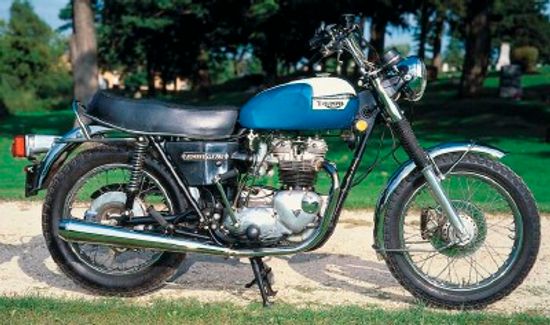
1976 Triumph Bonneville

1952 Triumph Thunderbird
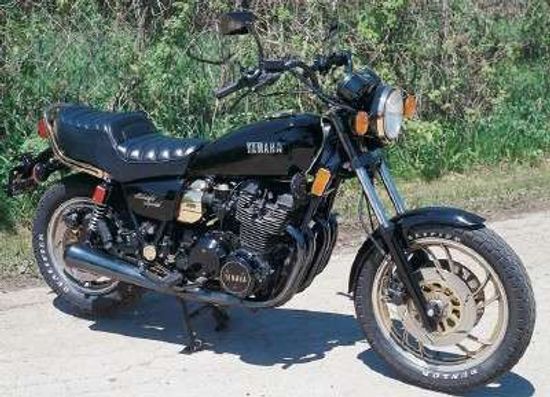
1981 Yamaha 1100 Midnight Special

1985 Yamaha RZ 500
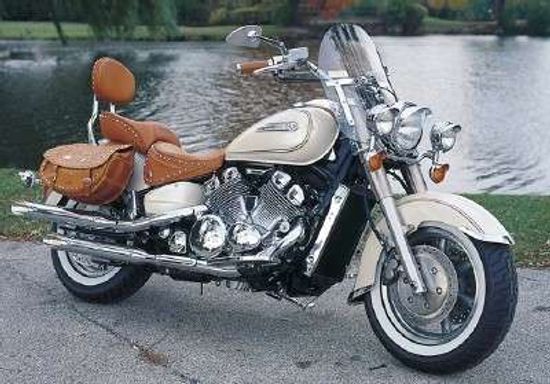
1997 Yamaha Royal Star Palamino Edition
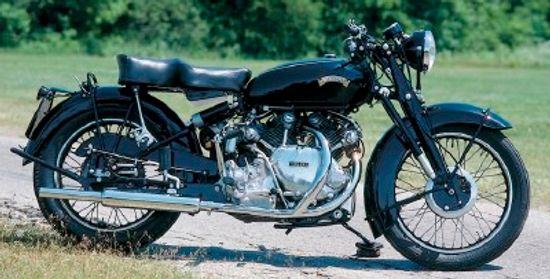
1951 Vincent HRD Series B Rapide
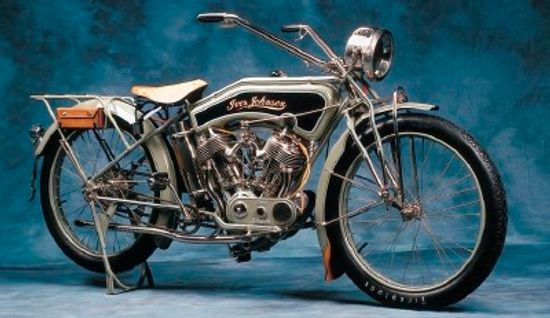
1915 Iver Johnson
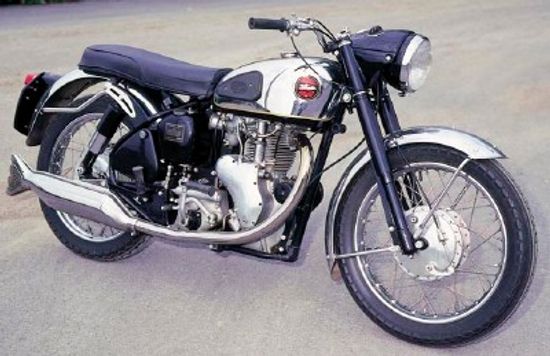
1961 Velocette Venom
Learn More / Page 2
The 1984 Harley-Davidson FXRT built upon the success of the FXR. A stiffer frame with Sportster-style forks handled better than any previous Big Twin and rubber engine mounts and a five-speed made for a smoother ride. Read about the Harley FXRT.
The introduction of the 1986 Harley-Davidson XLH 1100 was big news for fans of the Harley Sportster. The 1986 models got their own version of the Evolution powerplant smoother and more reliable than the old design. Check out the Harley XLH 1100.
Harley-Davidson has produced many specialty machines but few match the impact of the FLSTF Fat Boy that debuted in 1990. The simple silver paint scheme was enhanced by a matching frame and classic design. Learn about the acclaimed Harley Fat Boy.
Advertisement
The 1992 Harley-Davidson FXDB Daytona was named after Daytona Beach Florida. It features a moderate level of chrome trim and Harley's first true pearl paint job. Check out the bike that celebrates the 50th anniversary of the Daytona motorcyle meet.
The 1998 Harley-Davidson FLHTCUI was at the time quite simply the best-equipped Harley ever. By combining all the comforts of home with a full complement of electronics Harley created the ultimate touring rig. Read about this spectacular Harley.
From the Springer forks to the wide whitewall tires to the fringed saddlebags the 1998 Harley-Davidson FLSTS Heritage Springer styling mirrors that of a 1940s-era vintage bike. Read about this modern classic Harley motorcycle nicknamed Old Boy.
The 1998 Harley-Davidson FLTRI Road Glide hearkened back to the FLT of the 1980s. The FLTRI's luggage space and convenient instrument panel were aimed at the touring market. Learn the unique feature that distinguishes this Harley from many others.
Advertisement
The 1998 Harley-Davidson FXDWG Wide Glide was aimed at Harley's loyal touring customers. Forward foot controls lend a long look to the chassis and along with the elevated handlebars give the rider a laid-back posture. Check out the Harley FXDWG.
In 2003, Harley-Davidson celebrated 100 years of building distinctly American motorcycles. This article traces the development of the machines and the legacy of the "Harley mystique." Read how Harley-Davidson survived when other manufacturers failed.
The 1975 Harley-Davidson XL-1000 and XR-750 were often altered so few remain their original state. The engine for the XR-750 racer was based on the Sportster but it had dual carbs and high-mounted exhaust. Check out these rare powerful Harleys.
The 1981 Harley-Davidson FXB Sturgis took its name from the week-long motorcycle event held each summer in Sturgis South Dakota. Read about this popular Harley model featuring rich black paint with only small touches of orange and chrome trim.
Advertisement
The 1981 Yamaha 1100 Midnight Special motorcycle wasn't your typical cruiser-type bike. It had an inline-four power and shaft-drive which was faster and smoother than other cruisers. See pictures and learn about the Yamaha 1100 Midnight Special.
The 1985 Yamaha RZ 500 motorcycle had extraordinary performance but was too wild for some. The twin-crank four-cylinder two-stroke was tame at low revs but exploded to life as it neared its 10000-rpm redline. See pictures and learn about the potent Yamaha RZ 500.
The 1997 Yamaha Royal Star Palamino Edition motorcycle was a tan-and-white beauty. The engine is actually a V-four water-cooled configuration instead of a V-twin design. See pictures and learn about Yamaha's Royal Star Palamino Edition.
The 1985 Yamaha V-Max motorcycle was unbeatable in a drag race by any other street bike of its day. It featured a a 1200-cc V-four cylinder engine with four valves per cylinder. See pictures and learn about the Yamaha V-Max.
Advertisement
The 1983 Yamaha XJ 650 Seca Turbo motorcycle combined turbo power and aerodynamic styling. Unfortunately the motorcycle failed to produce the 'big bike' power that it promised which resulted in its demise. See pictures and learn about the Yamaha XJ 650 Seca Turbo.
The Japanese-built 1974 Yamaha RD350 motorcycle was light and very powerful for its size. It featured a a broader power band than most. Get specs and information for this motorcycle.
The 1951 Vincent HRD Series B Rapide motorcycle was in its day among the world's fastest. A unique feature of this motorcycle is that the components were bolted to each other instead of the frame. See pictures and learn about the Vincent HRD Series.
The British-built 1961 Velocette Venom motorcycle was a 100-mph single-cylinder bike. The motorcycle was capable of reaching such high speeds because of the large 500-cc cylinder displacement. See pictures and learn about the Velocette Venom.
Advertisement
The 1984 Honda Nighthawk 700S motorcycle filled a gap between sport and standard motorcycles. It had many of the same features of these two styles of motorcycles but it failed to find a true audience. Learn how and see pictures of the Honda Nighthawk 700S.
The 1998 Honda Valkyrie motorcycle used a flat-six to out-power competing cruisers. The engine displaced 1520 cc that featured individual carbs for each cylinder. Check out more information and pictures of the Honda Valkyrie.
Though a beautiful machine, the 1915 Iver Johnson motorcycle lacked horsepower. The motorcycle used a V-twin that displaced 1020 cc, which was far less than the other V-twins of the era. Find more information and view pictures of the 1915 Iver Johnson.
The 1964 Vespa Allstate Cruisaire was a U.S. version of the iconic Italian scooter. The frameless chassis housed a two-stroke engine that was efficient and perfect for city use. See pictures and learn about the Vespa Allstate Cruisaire.
Advertisement
The 1969 Honda Dream 305 motorcycle combined power with convenience. It could reach nearly 100 mph with its powerful 305-cc overhead-cam twin-cylinder engine. Read about this important Honda and see pictures of a real dream machine.
The 1975 Honda CB400 motorcycle was affordable technically advanced and deceptively quick. Although it wasn't the fastest bike, the small-displacement four-stroke was much quieter than two-strokes. Learn more and see pictures of the lean 1975 Honda CB400.
